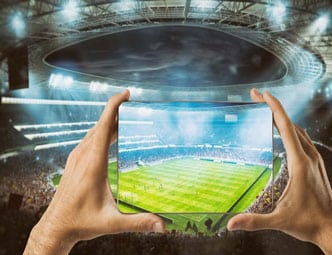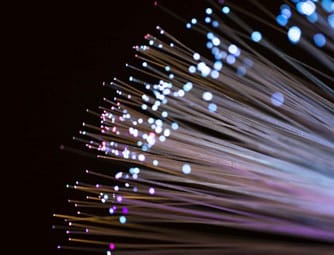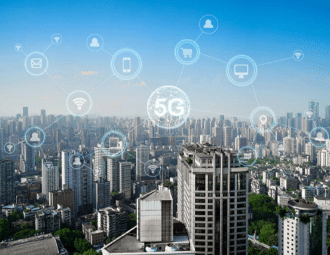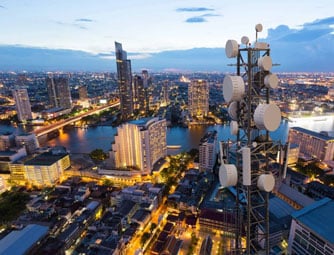The Latest Trend in 5G Wireless Power Grid
May 18, 2021
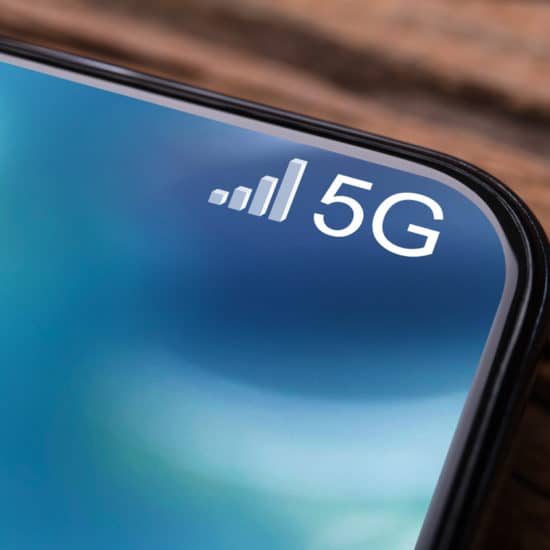
5G technology is now available in many regions around the world. In the United States, the demand for the fifth generation spectrum spiked in late 2020 to hit $70 billion. This trend is expected to extend globally, with predictions estimating that the 5G network could reach about 33% of the entire population by 2025.
The increasing availability of 5G cellular technologies means a lot for the IoT (Internet of Things) market. As the 5G network grows, so will the number of IoT devices and IoT industrial connections. In fact, they are predicted to be more than double the current number by 2025.
All this would not be possible were it not for 5G’s high speed that allows IoT devices to send and receive data faster and without lag. Also, 5G has stable and reliable network connections, which is essential, particularly to connected devices that require real-time updates.
But the 5G mobile network offers more than just high speed and reliability. It could also be the new way to power our world. The wireless power grid is the latest revolutionary trend that will change how we use small IoT devices.
5G and Wireless Power Grid
Most of us have interacted, owned, or used small IoT devices. Among the most common ones are chemical sensors, tile trackers, and voice assistants. However, they all require a power source and currently operate using batteries. Users, therefore, need to constantly change their batteries or hook them to a wall outlet. This is time-consuming and not eco-friendly.
Luckily, experts from the Georgia Institute of Technology are already showing what the future will look like. They have developed a technique that can convert the 5G mobile network into a wireless power grid and allow you to charge your small IoT devices.
The researchers have invented a special Rotman lens (Rectenna) that collects the electromagnetic energy emitted from 5G base stations. Once the idea takes off, the small device can harvest energy and charge various devices.
But How Does 5G Create Power?
All wireless communications convey information through the air using radio frequencies (Spectrum). Although 5G operates the same way, its radio frequencies are higher and less cluttered, thus transferring more data and at a faster rate.
However, despite being powerful, these frequencies are shorter, and that’s why 5G has a different infrastructure from the LTE networks. Shorter waves are subject to interference from objects such as buildings, trees, and even flakes of snow.
While LTE networks rely on tall, interspersed lattice cell phone towers, 5G networks depend on small cells usually placed on existing utility poles in an urban region. 5G also uses multiple output and input antennae to boost capacity and signal across the wireless network.
The challenge?
Larger aperture antennas crucial to creating a system that collects adequate power to charge low-power gadgets at long ranges have a narrow field of view (pencil beam). To solve this problem, the Rotman lens harvests all the energy from one direction, combines, and feeds it into a single rectifier for maximum efficiency. Just like a Rotman lens works in radar surveillance systems to view targets from different directions without moving the antennae.
Practical Application of Wireless Power Grid
The New Zealand government has partnered with Emrod Technology to prove that the wireless power grid is a reality and not something from a sci-fi movie. Powerco, an electricity distributor in the country, seeks to test this revolutionary wireless electricity technology by Emrod in 2021.
The pilot program will see Emrod deploy the wireless infrastructure in New Zealand. Emrod uses rectennas that transmit electricity waves from one point to the other. Therefore, mountainous regions in New Zealand where it is difficult to set up power grid infrastructure will now access electricity without the traditional copper wiring.
Emrod produces electricity in a non-ionizing electromagnetic spectrum and uses a transmitting antenna to convey the power to various relay points with rectenna. From there, the waves travel in a safe frequency range similar to that of microwaves in households. Tiny lasers track the rectennas to detect any obstructions between relay points to ensure no outside radiation.
Building Towards the Future
5G networks will contribute to the fullest potential realization of small IoT devices. Its high speed, reliability, and low latency will make real-time connections and effective communication possible. But more importantly, you might be able to power these small gadgets with the same network with a wireless power grid.
At NextGen, we are up to date with all information and new developments about 5G and the telecom industry. For nearly five decades, we have been establishing long-term relationships between our clients and candidates to ensure we recruit the best talent in the telecom industry. Reach out to see our open jobs.























